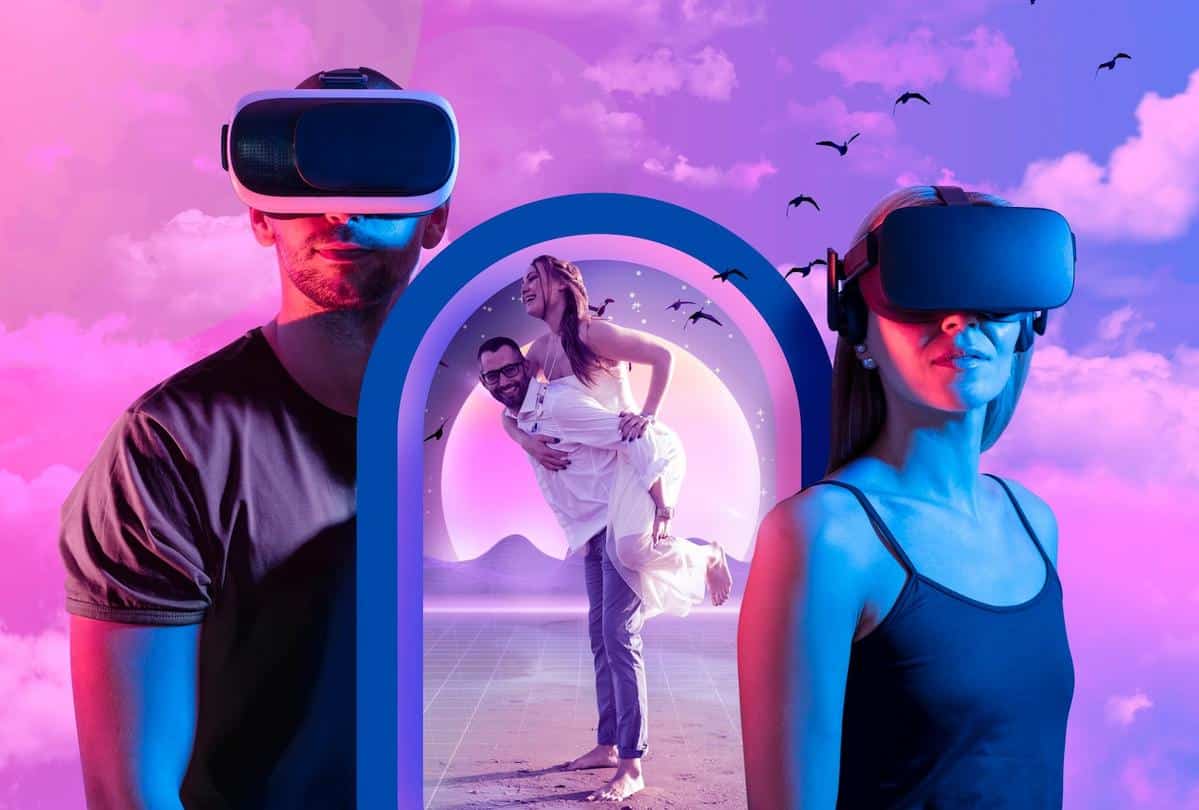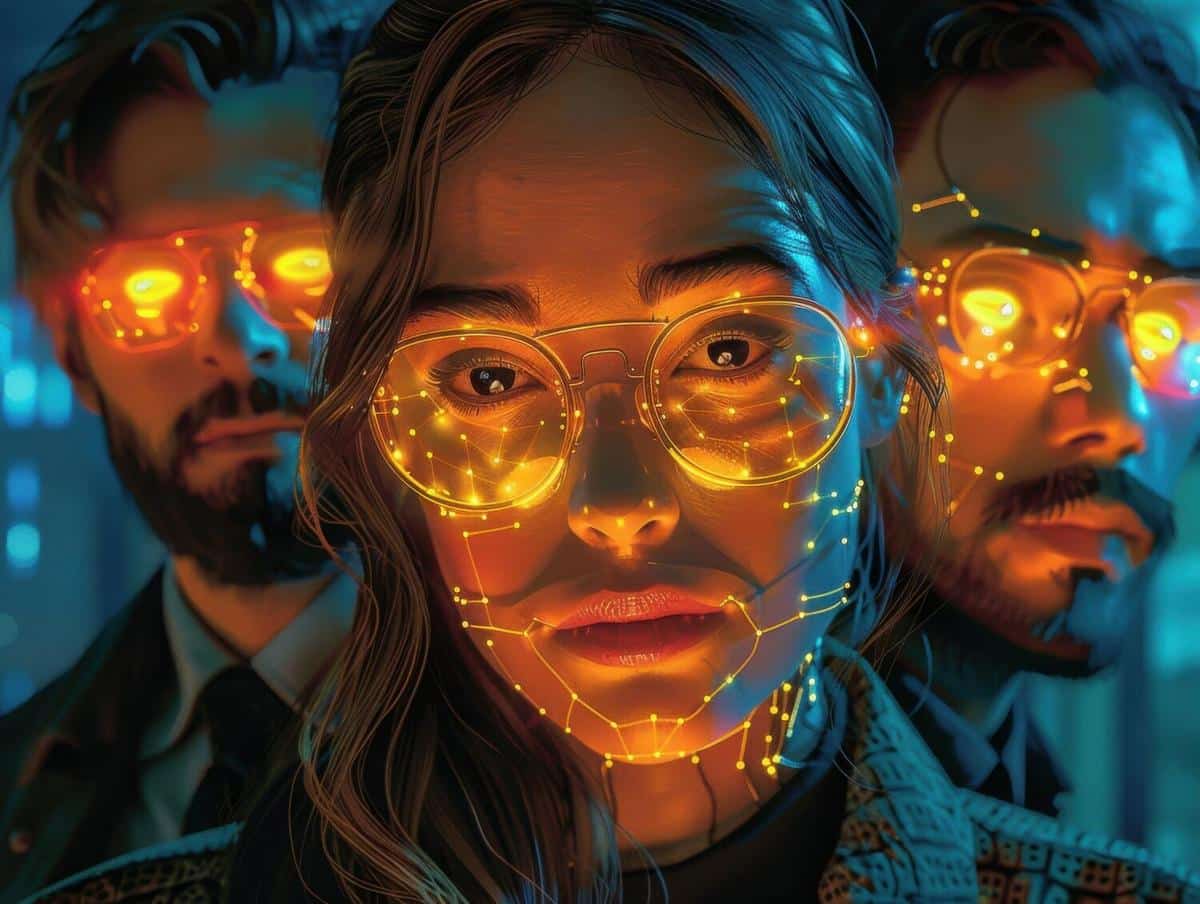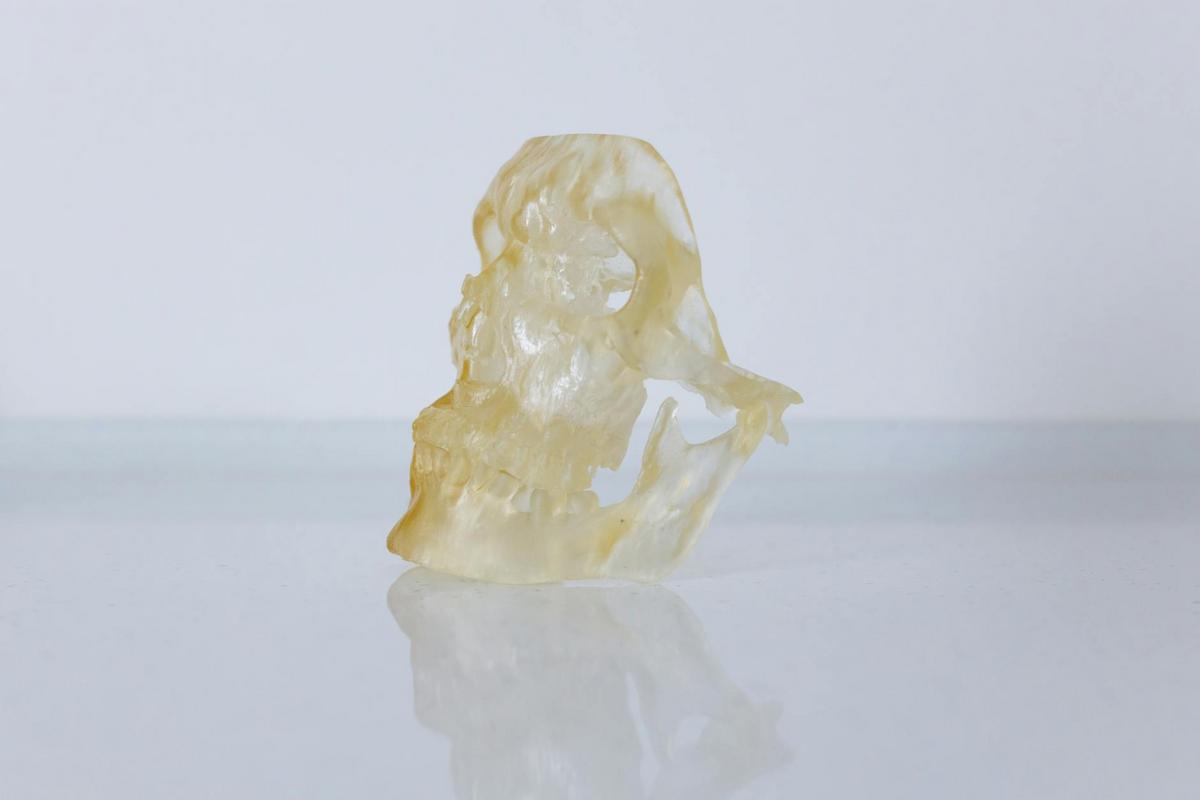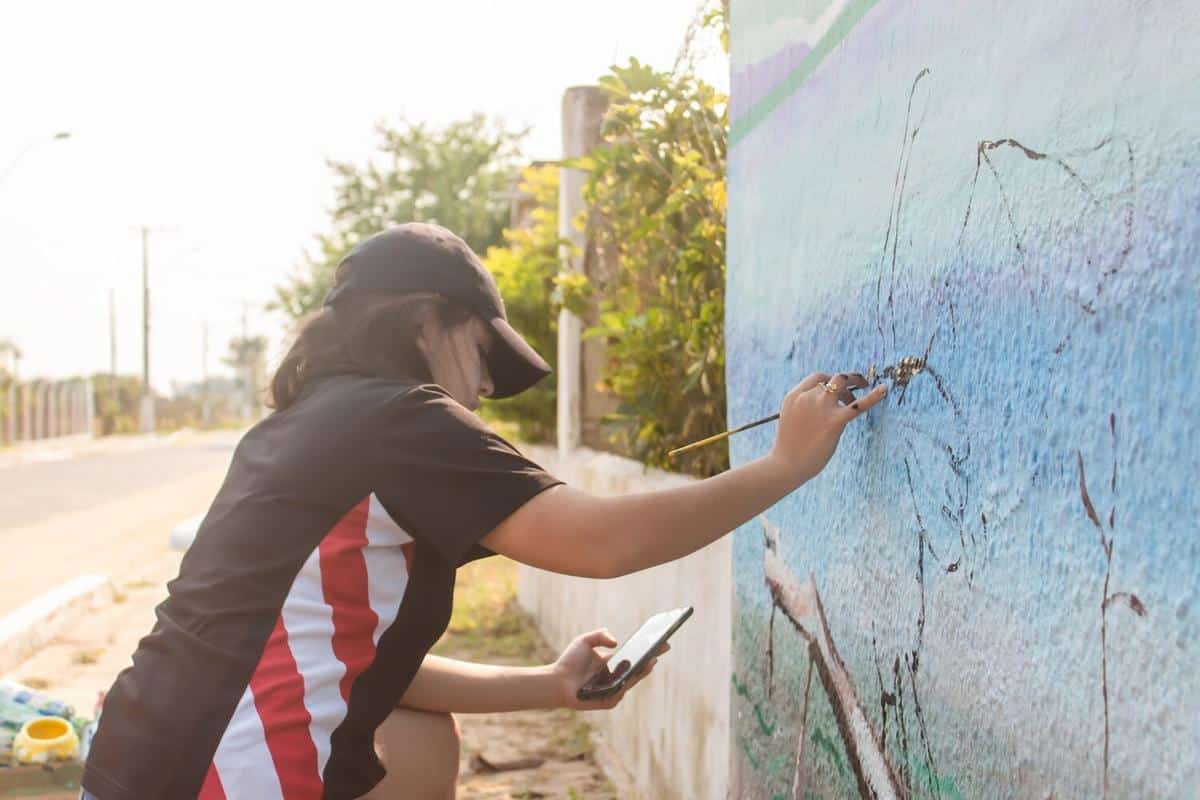
Exploring the Intersections of Art and Technology
The fusion of art and technology has given rise to some of the most innovative and captivating movements in contemporary art. As artists continue to explore digital mediums and new technologies, they are reshaping how art is created, experienced, and appreciated.
Art and technology, once considered separate domains, are now intertwined in ways that are transforming the art world. This dynamic intersection is not just about using technology as a tool; it’s about redefining artistic boundaries and opening up new possibilities for creative expression.
The Impact of Technology on Art
The integration of technology into art has led to the emergence of new genres, such as digital art, virtual reality art, and interactive installations. These forms of art leverage technology to create immersive and interactive experiences that engage audiences in novel ways. According to a report by the International Data Corporation, the global virtual reality market is expected to reach $44.7 billion by 2024, highlighting the growing interest in VR applications, including in the arts.
Expert Opinions
Art historian Dr. Maria Anderson notes, “Technology has become a crucial component of contemporary art, allowing artists to push the boundaries of traditional media and explore new dimensions of creativity.” This sentiment is echoed by many in the art community who see technology as a catalyst for artistic innovation.
Examples of Art and Technology Intersections
Consider the work of renowned artist Olafur Eliasson, whose installations often incorporate light and sound technology to create sensory experiences. Another example is teamLab, a collective that uses digital technology to create mesmerizing interactive art installations that respond to human presence.
Actionable Tips for Artists
- Explore digital platforms: Artists can use digital tools to create and showcase their work to a global audience.
- Collaborate with technologists: Working with experts in technology can help artists realize complex projects that require technical expertise.
- Stay informed: Keeping up with technological advancements can inspire new ideas and techniques.
Statistics and Research
Research by Artsy.net indicates that digital art sales have been steadily increasing, with a 20% rise in 2020 alone. This trend suggests a growing acceptance and appreciation of digital mediums in the art market.
Conclusion
The intersection of art and technology is a fertile ground for innovation and transformation. By embracing technological advancements, artists can expand their creative horizons and reach new audiences. Whether through virtual reality, digital installations, or online platforms, the possibilities are endless.
FAQs
How is technology influencing traditional art forms?
Technology is providing new tools and mediums for artists, allowing for innovative approaches to traditional art forms.
What are some popular digital art platforms?
Platforms like DeviantArt, ArtStation, and Behance are popular among digital artists for showcasing their work.


